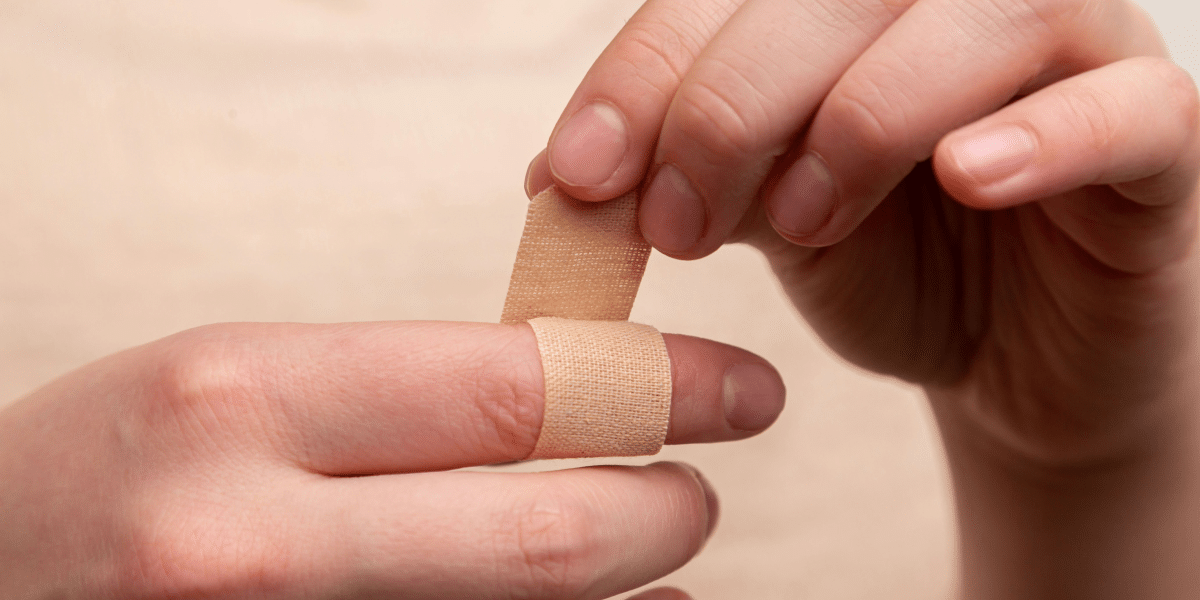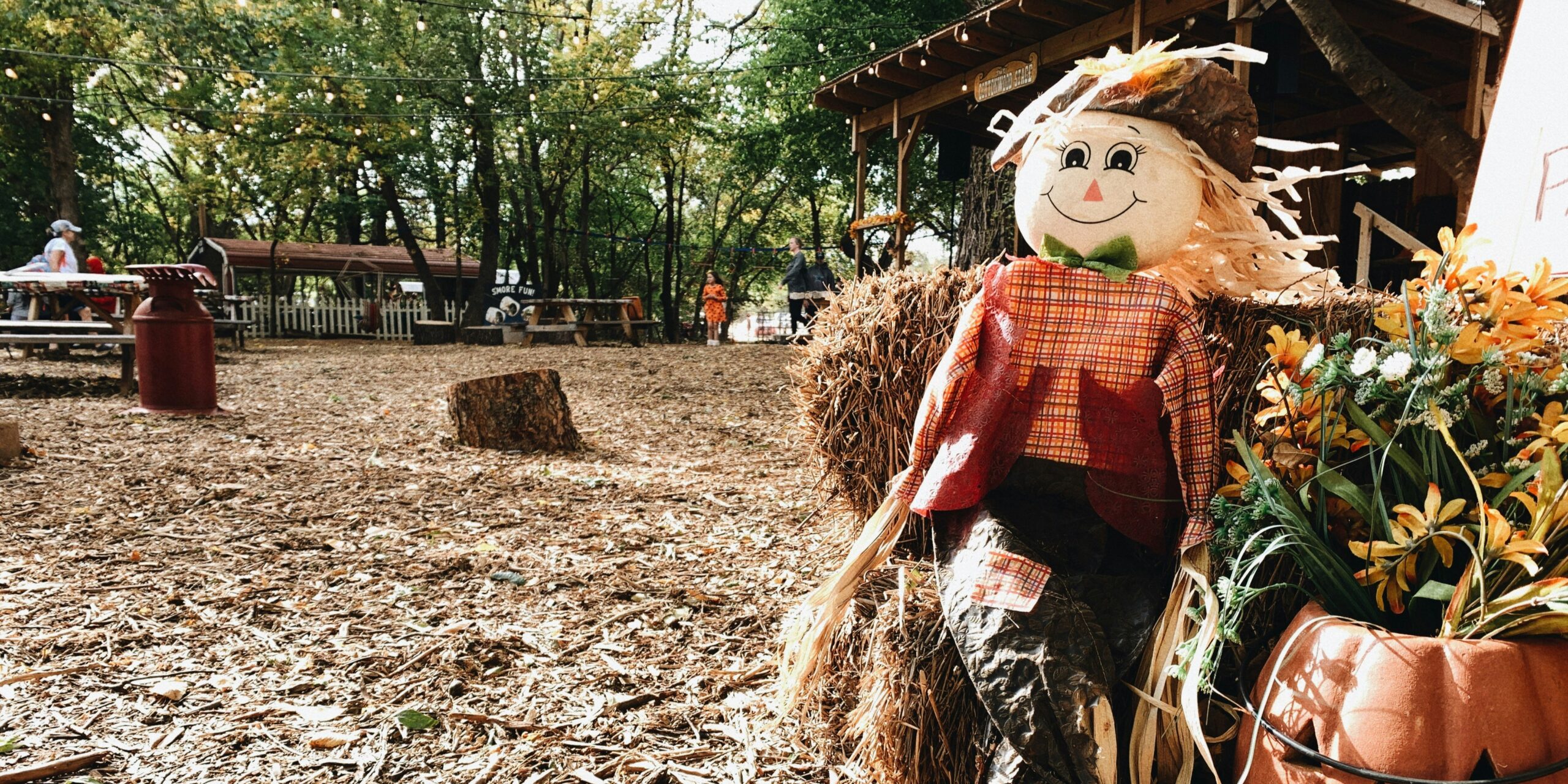Introduction to Guitar Practice Routines
Mastering the guitar requires more than just talent; it demands dedication, discipline, and structured practice. Developing a consistent practice routine is essential for improving your skills, mastering new techniques, and achieving your musical goals. In this article, we’ll explore the key elements of creating a guitar practice routine that maximizes your progress and helps you become a better guitarist.
A guitar practice routine is a structured schedule that outlines specific activities and exercises to be practiced during each practice session. It provides direction, focus, and organization to your practice sessions, ensuring that you make the most of your time and effort.
1. Setting Goals:
Before diving into your practice routine, it’s essential to set clear and achievable goals. Whether you want to learn a particular song, improve your technique, or master a specific skill, having well-defined goals helps you stay motivated and focused during practice.
2. Time Management:
Effective practice routines allocate time for different aspects of guitar playing, such as warm-up exercises, technique drills, repertoire practice, and musical exploration. Determine how much time you can dedicate to practice each day and divide it among these areas based on your goals and priorities.
3. Variety and Balance:
A balanced practice routine incorporates a variety of exercises and activities to address different aspects of guitar playing. Include exercises for finger dexterity, chord transitions, scales, arpeggios, rhythm, and music theory to develop a well-rounded skill set.
4. Consistency:
Consistency is key to progress in guitar playing. Aim to practice regularly, even if it’s for shorter periods each day. Consistent practice helps reinforce muscle memory, build endurance, and improve overall proficiency on the instrument.
Creating Your Guitar Practice Routine
1. Warm-Up Exercises (10-15 minutes):
Start your practice session with a series of warm-up exercises to prepare your fingers, hands, and wrists for playing. Include exercises like finger stretches, chromatic runs, and slow scale patterns to loosen up your muscles and improve flexibility.
2. Technique Development (20-30 minutes):
Dedicate a significant portion of your practice time to developing essential guitar techniques. Focus on areas that need improvement, such as alternate picking, hammer-ons, pull-offs, bends, slides, and vibrato. Use exercises and drills specifically designed to target these techniques and gradually increase the difficulty as you progress.
3. Repertoire Practice (20-30 minutes):
Work on learning and mastering songs from your repertoire during this part of your practice routine. Break down challenging sections into smaller parts, practice them slowly and gradually increase the tempo as you gain confidence. Pay attention to accuracy, timing, dynamics, and expression while playing.
4. Ear Training and Music Theory (10-15 minutes):
Dedicate some time to ear training exercises and music theory concepts to deepen your understanding of music and improve your ability to learn songs by ear. Practice identifying intervals, chords, and melodies by ear, and study fundamental music theory principles such as scales, chords, and chord progressions.
5. Creative Exploration (10-15 minutes):
End your practice session with some creative exploration and improvisation. Experiment with different scales, modes, and chord progressions, and allow yourself to play freely without constraints. This is an opportunity to express yourself creatively and develop your musical voice on the guitar.
A well-designed guitar practice routine is essential for making consistent progress and achieving your musical goals. By setting clear objectives, managing your time effectively, and incorporating a variety of exercises and activities into your practice sessions, you’ll develop the skills and confidence needed to become a proficient guitarist. Remember to stay patient, stay motivated, and enjoy the journey of learning and mastering the guitar.




